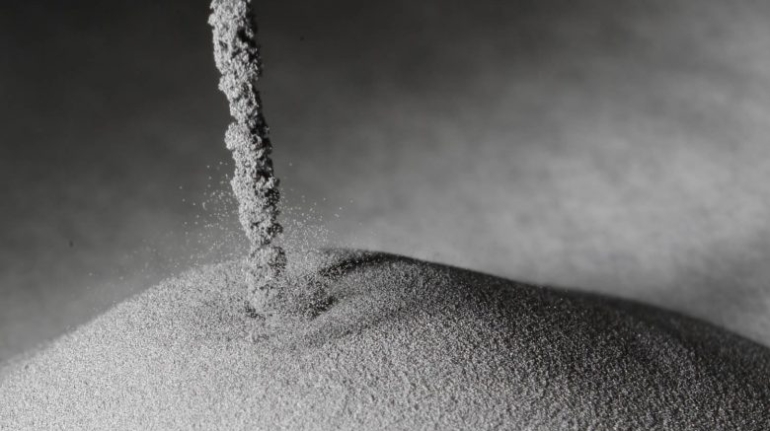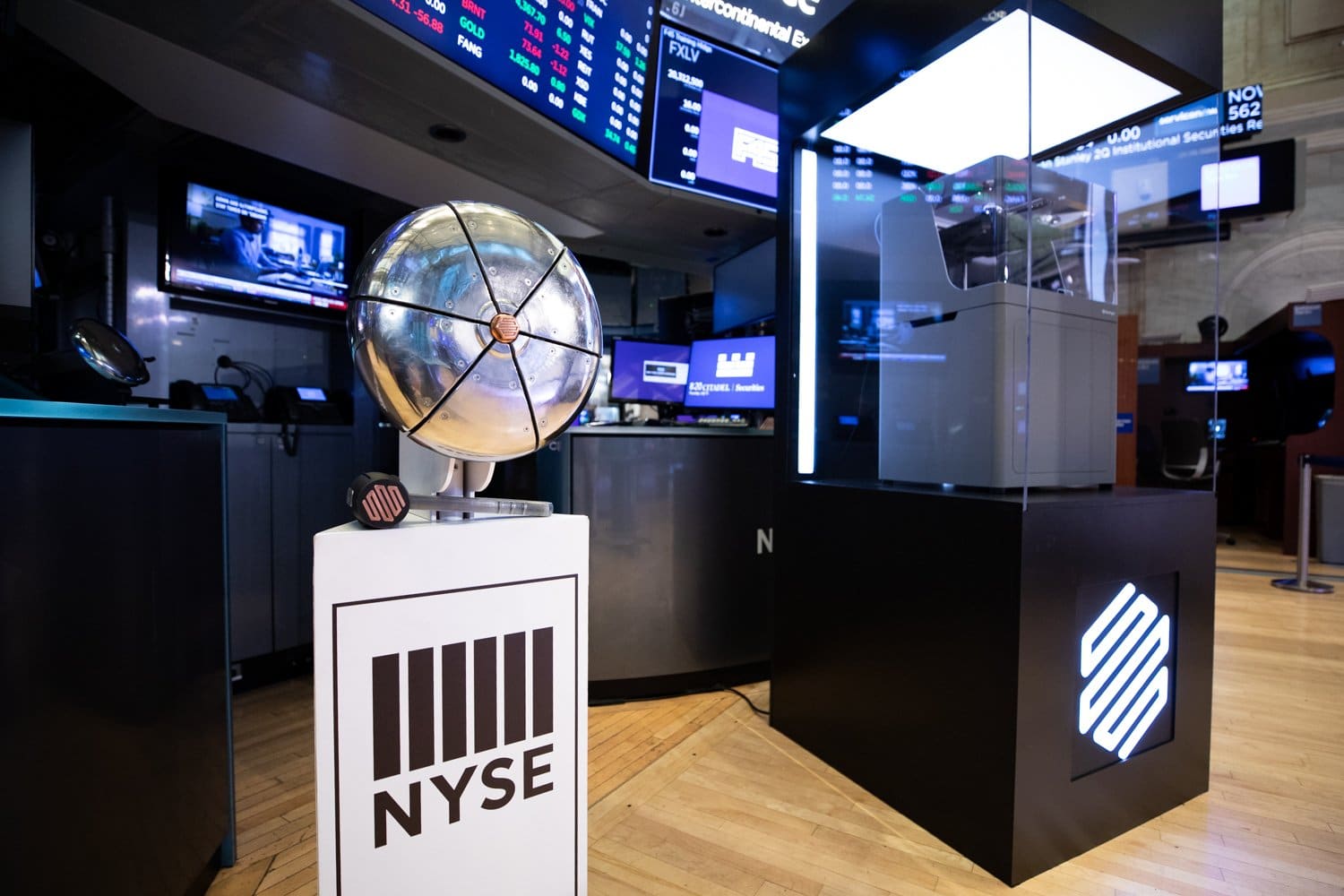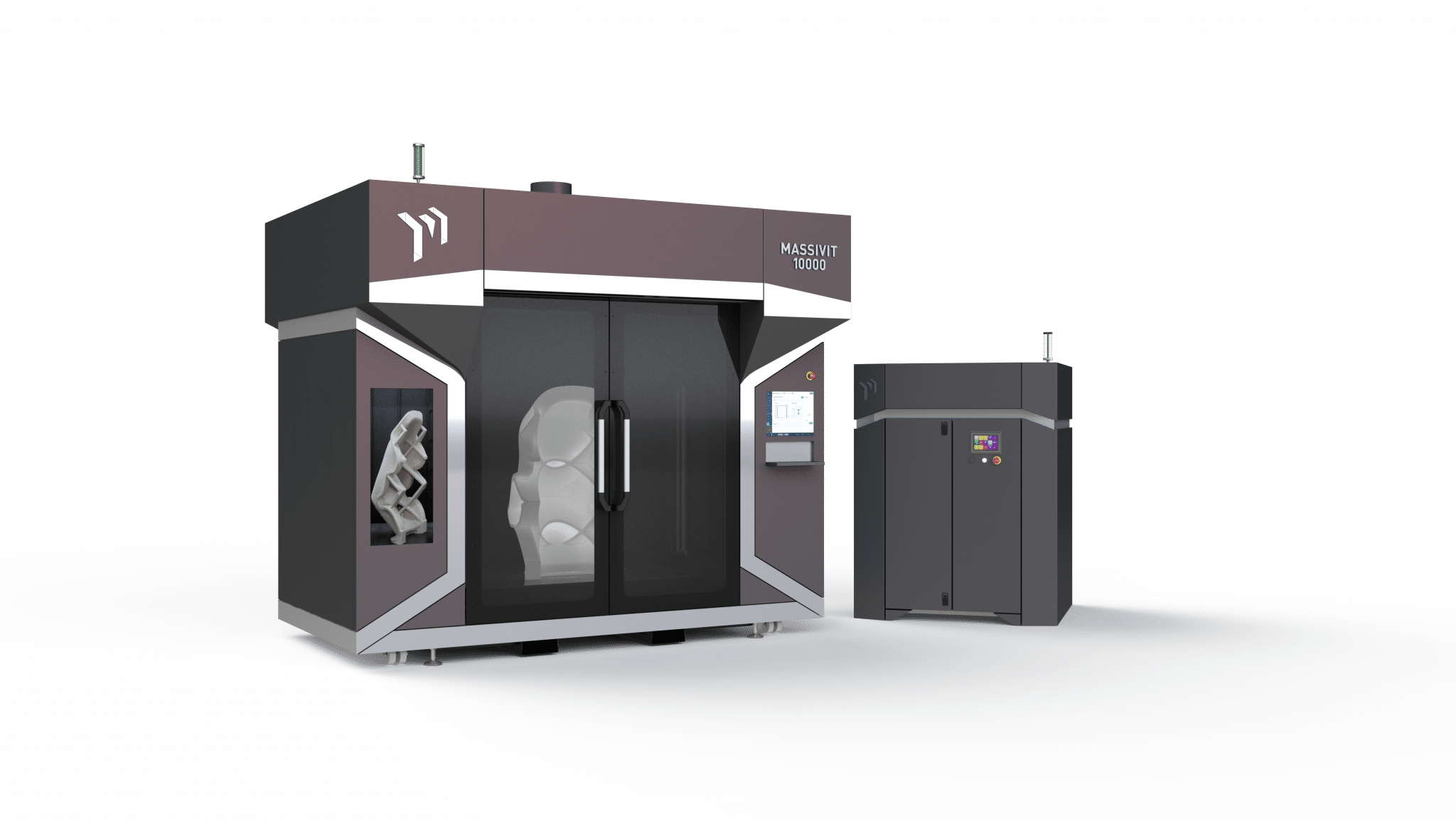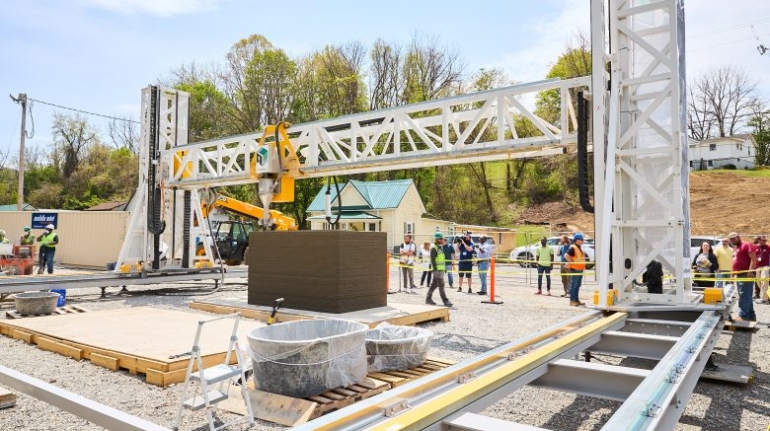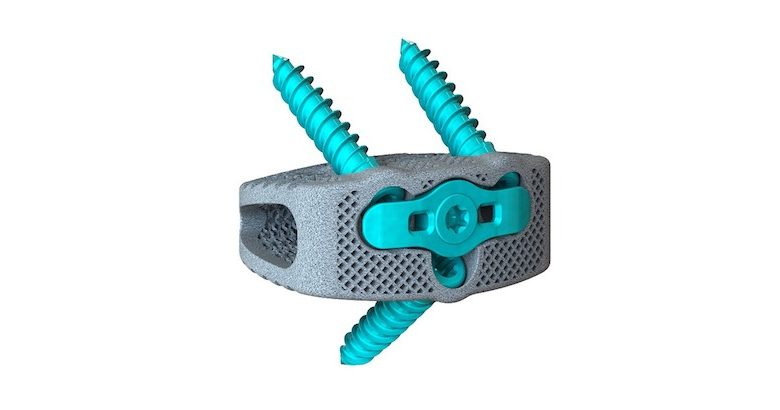Prusa Research Acquires Printed Solid Inc.
In the wake of the high-profile merger between Ultimaker and Makerbot, another pioneering filament extrusion 3D printer manufacturer, Czech Republic-based Prusa Research is making moves. The company founded by Josef Prusa has acquired reseller Printed Solid Inc. to expand direct sales and support into the USA.


